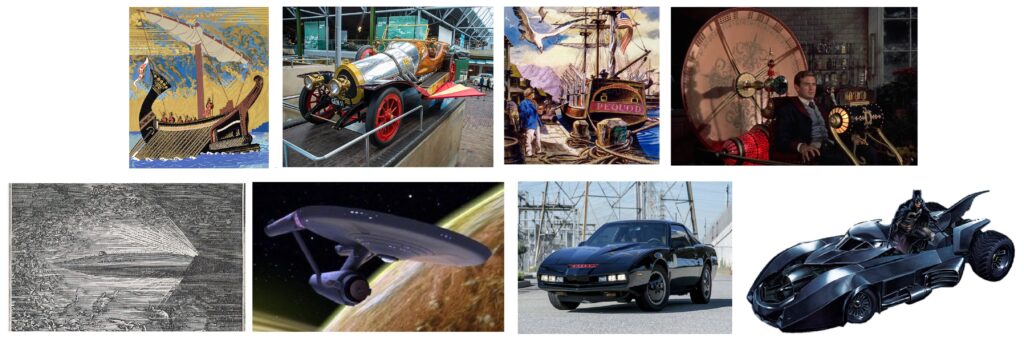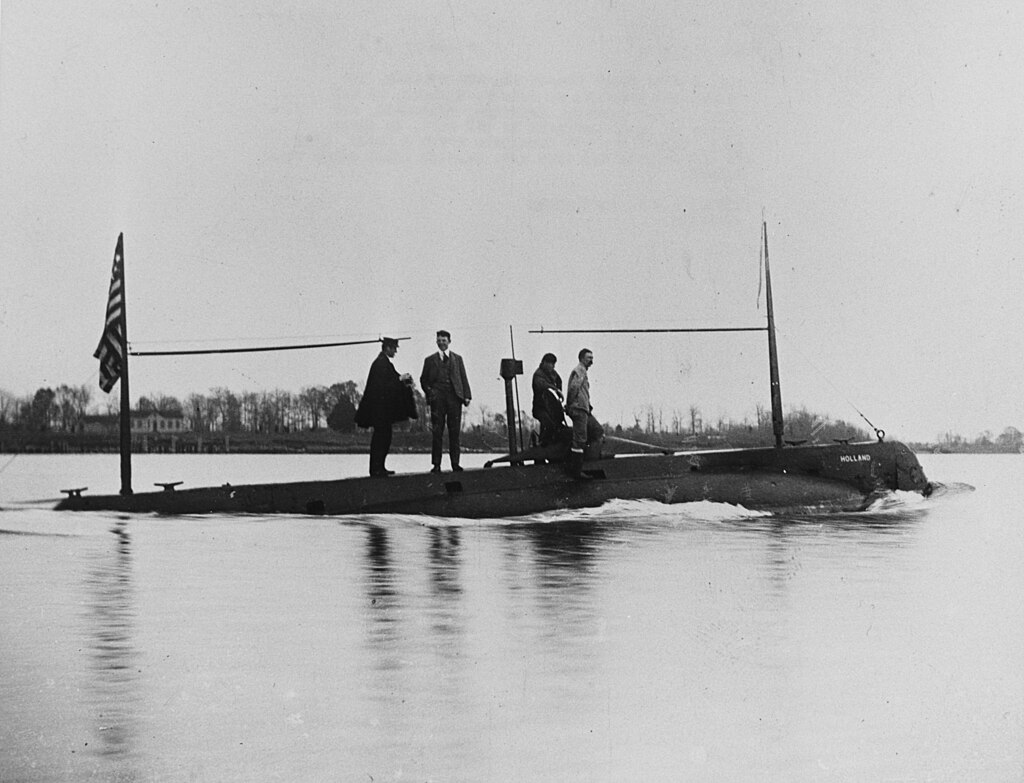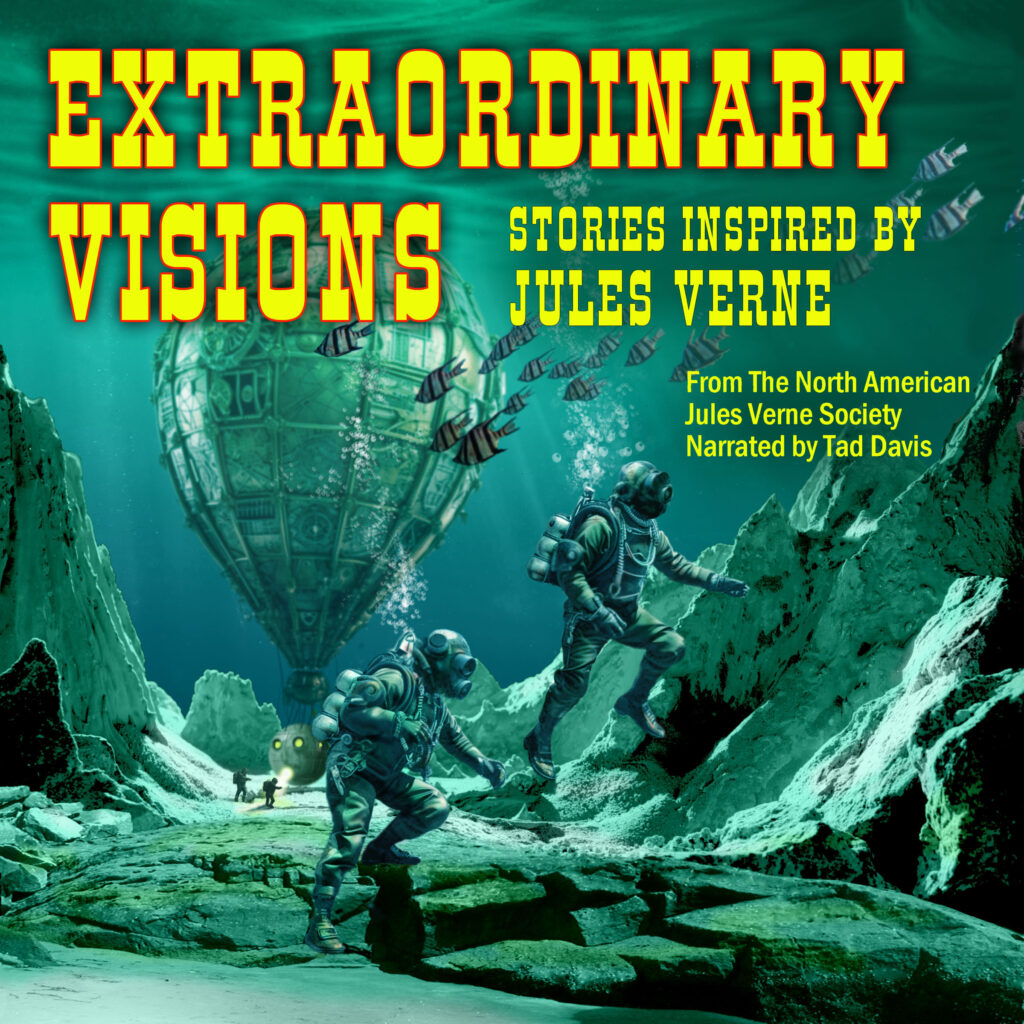Today is National Tell a Story Day. You can honor this day by telling a story. Now that I think of it, you might find it harder not to tell a story.

Definition
At its essence, a story consists of a character and at least one event, but usually a series of connected events. The character might be you, someone you know, someone you’ve heard of, some animal, or some other non-human creature.
Born Storytellers
Since the development of verbal language, our species has told stories. Our prehistoric ancestors likely related tales of hunting game, of gathering plant food, of having babies and raising children, of combat, and of death. They spun these stories by firelight in caves and painted the tales on cave walls.
Today, much of our everyday speech takes the form of stories. “I had a good day at work.” Character and event. As children, our earliest sentences formed stories. “Mommy, I’m hungry.”
You may not think of these humdrum, trivial utterances as stories, but they meet the definition. In fact, you could count every day as National Tell a Story Day.
Methods
Face-to-face verbal communication still serves as the most common way to tell stories. We’ve invented countless others over the millennia, including cave paintings, etched tablets, inked scrolls, books, magazines, comic books, audiobooks, video games, podcasts, e-books, and more.
Interesting Stories
Though you can classify most of what we say, and most emails we write, as stories, the majority of those don’t intrigue us beyond the transient purpose of conveying information. To qualify as interesting, a story needs to satisfy more criteria:
- Problem. The main character (MC) needs a problem to solve.
- Attraction. Something about the MC must cause readers or listeners to identify with and care about the character.
- Antagonist. The MC must struggle against an opposing force, which could be another character.
- Setting. The story should convey a sense of place, and that location should be described well enough for readers or listeners to imagine themselves there.
- Plot. More than a series of events, a plot orders the events such that the MC strives and fails again and again, with the stakes rising each time.
- Resolution. The story should end with the problem resolved in some way, through actions of the MC, though perhaps not the way the MC expected. Perhaps the MC dies, but does so in a meaningful way that resolves the problem.
Enduring Stories
Some stories transcend even the interesting ones. These tap into some universal themes of the human condition. The style of writing captivates readers and listeners by rising above mundane prose. These stories last for centuries, getting endlessly repeated, re-read, and copied into other forms. These classics include Aesop’s fables, the books of the great religions, the Iliad and Odyssey, and myriads of others.
Your Challenge Today
On National Tell a Story Day, I offer an either/or challenge to you. You may choose Task A or Task B, and I’m unsure which one’s harder:
Task A: Using my broad definition of “story,” go through this entire day without saying or writing a story.
Task B: Make at least one of your stories interesting.
It’ll be Task B for—
Poseidon’s Scribe







